Yunnan fine coffee beans Yunnan washing treatment Katim small coffee varieties flavor taste characteristics
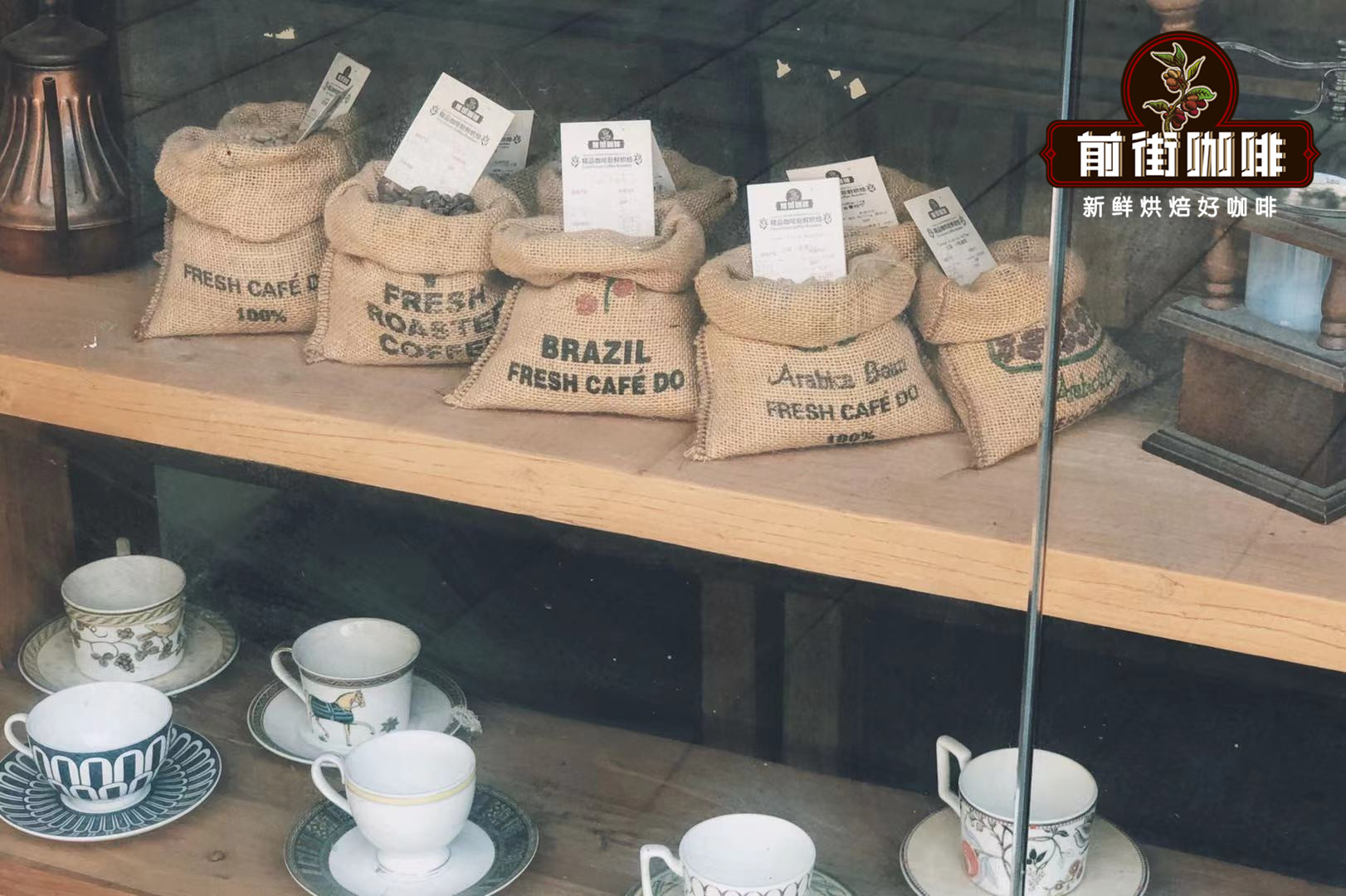
Professional coffee knowledge exchange more coffee bean information please follow the coffee workshop (Wechat official account cafe_style)
What is the flavor of Yunnan small-grain coffee? Many coffee drinkers know Yunnan coffee, and they are more and more fond of Yunnan coffee, but most people do not have a deeper understanding of Yunnan coffee and understand the current situation of Yunnan coffee. In Qianjie coffee, you can find two varieties of Yunnan coffee beans; one is Yunnan Huaguoshan (iron card species), and the other is Yunnan small-grain coffee beans (Katim species). In Qianjie coffee, Yunnan iron pickup is labeled as Yunnan boutique coffee, while Yunnan Katim coffee beans are labeled Yunnan small-grain coffee according to market habits.
These two Yunnan coffee Qianjie coffee will be roasted to medium roasting, because Yunnan producing area is not a sour area, coffee bean flavor is more balanced, the tone is nut, brown sugar flavor; Qianjie coffee chose medium roasting to show Yunnan coffee bean flavor balance, nuts, brown sugar sweet, and soft acidity.
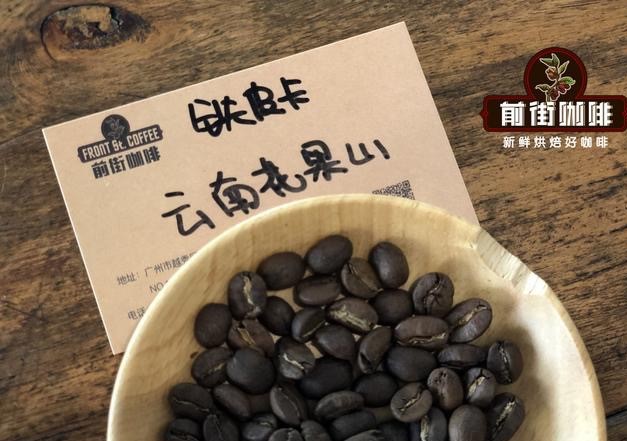
When talking about Yunnan coffee beans, there are often two sentences that can stop the discussion about varieties. One is, "with the efforts of farmers and the improvement of technical level, Yunnan coffee beans are also good." the second sentence is "Yunnan beans are good." these two sentences have become a classic comment on Yunnan coffee, which is really a topic that cannot be discussed further. Yunnan Xiaomi originally got its name from the tin card, because the tin card is the Arabica seed, but with the passage of time, the tin card variety degraded and the output was eliminated by the Katim coffee bean, and the name of the small grain coffee was inherited by the Katim coffee bean.
Mr. Sayuanfan is one of the few farmers who also grow iron pickups, which is only about 70 mu. The planting density of iron pickups is lower than Katim's 330 plants, which is calculated to produce about 5-7 tons of raw beans. Seesaw Yunnan Rose Summer is commissioned to cooperate with Mr. Fan behind the development of a small mountain forest. Before the Yunnan beans of Qianjie coffee are produced, the Yunnan coffee used is Mr. Pan's iron pickup truck. Some plots of Qianjie coffee used more than 20000 seeds provided by Mr. Fan. After a few years, this bean won the champion of the 2019 Yunnan Raw Bean Competition, and he also sold the coffee beans to Starbucks.
Qianjie Coffee grows mainly iron pickup and a small amount of bourbon in Yunnan coffee bean plantations. Yunnan coffee varieties are mainly mixed-race Katim coffee beans infected with Robusta gene, which is very different from the traditional Tibica in the major coffee producing areas. Katim won the top 10 gold medals in the domestic Yunnan raw bean competition. on the contrary, it is the quality of the undisputed Arabica varieties can not be seen, because there are so few people, which gives people the impression that Katim in Yunnan should not be underestimated. Ted Lingle, a senior consultant to CQI in the United States, said that Yunnan Katim species at a high altitude of more than 1500 meters can increase aroma and extract alcohol, coupled with appropriate post-processing, the flavor of coffee beans will not lose to the traditional old varieties. Yunnan coffee spread against this background.
This may be a way to lead further and further in the wrong direction. There is no conflict between Katim coffee beans and iron pickup coffee beans, one is raw materials, the other is fine coffee, the existence of high-quality coffee is to improve quality, the significance of raw materials is to increase output, it is inevitable that Yunnan will be dominated by Katim. However, on the surface, the confusion of the two seems to solve the problem of the way out of Yunnan coffee. In fact, coffee is still those coffees, and the elevation of the varieties has not changed. It is only mentioned that the post-treatment method emphasizes that the quality is improving a bit far-fetched. In order to solve the problem of the current 2 million acreage coffee, it is too simple and rude to emphasize the label of good coffee after the coffee fruit is picked, and the people who raise this evaluation do not really understand Yunnan coffee. From the point of view of the growers, encourage and support the basic compliance of fine coffee rules from the altitude of the varieties. This may be another attempt for the healthy and sustainable development of Yunnan coffee producing areas. It is difficult to have fine coffee in a producing area, but only when the washing method tastes good and presents the main flavor every year is the beginning of Yunnan boutique coffee.
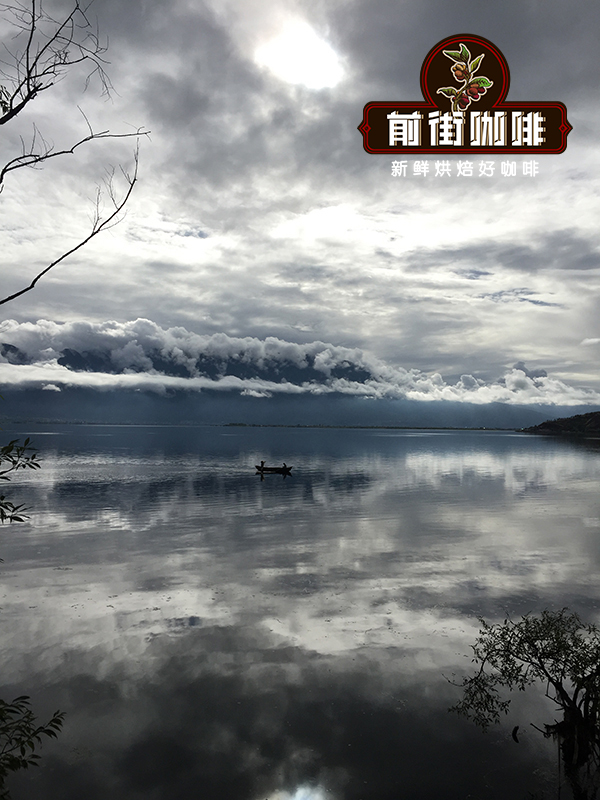
At first, most people's Yunnan painting style is like this, and so is mine. And then it turned out like this.

In 2015, Qianjie treated freshly harvested coffee seeds on the plantation.
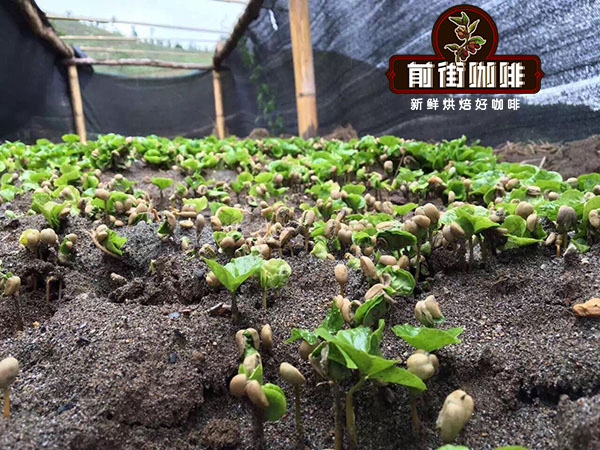
Coffee seeds from Qianjie Coffee Plantation germinated on sand beds in 2015
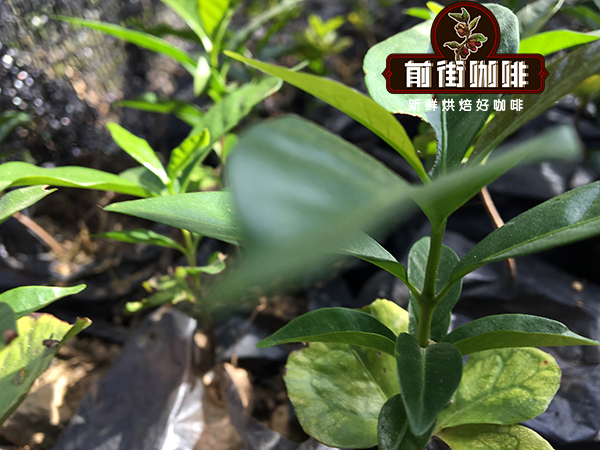
Grew up under the sunshade net
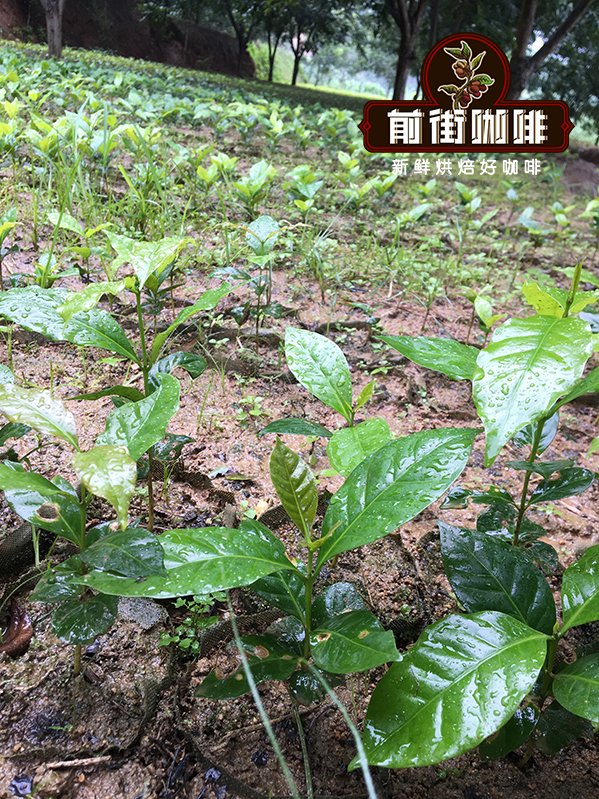
It takes a year to become a big seedling that can go to the ground, because Yunnan spends half of the year in the dry season.
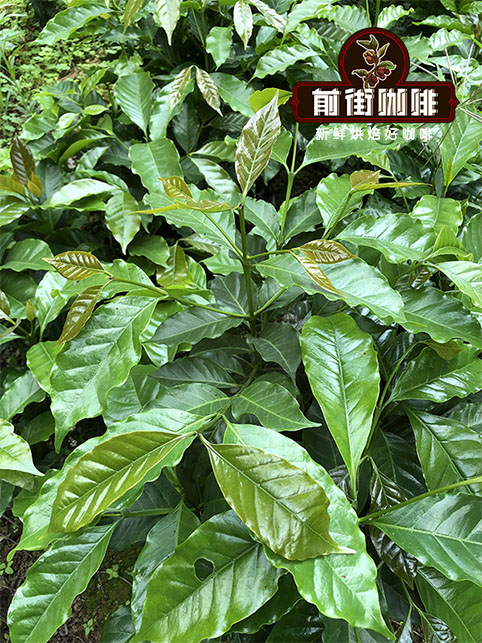
A year later, the plots began to be prepared for planting.
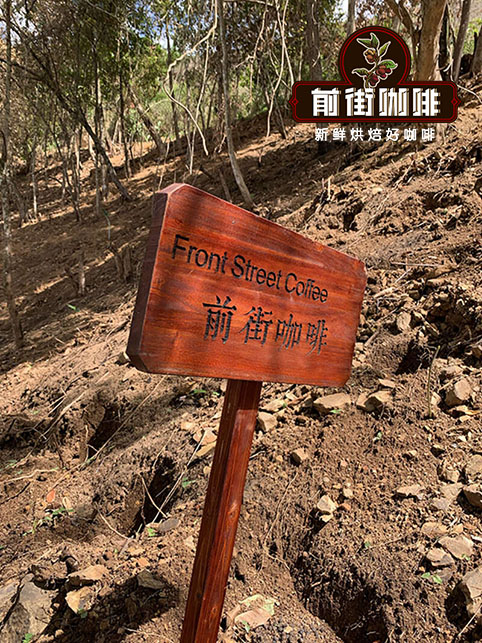
I just dug a coffee pit in the forest.
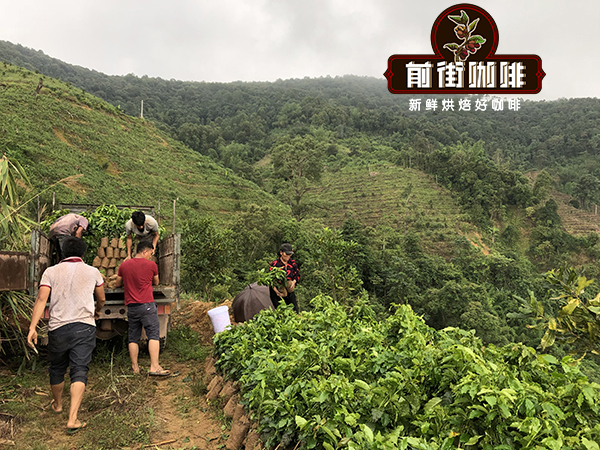
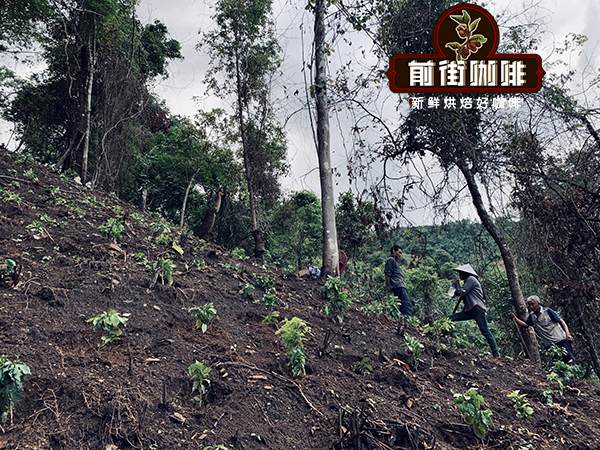
Planted front street coffee in the forest.
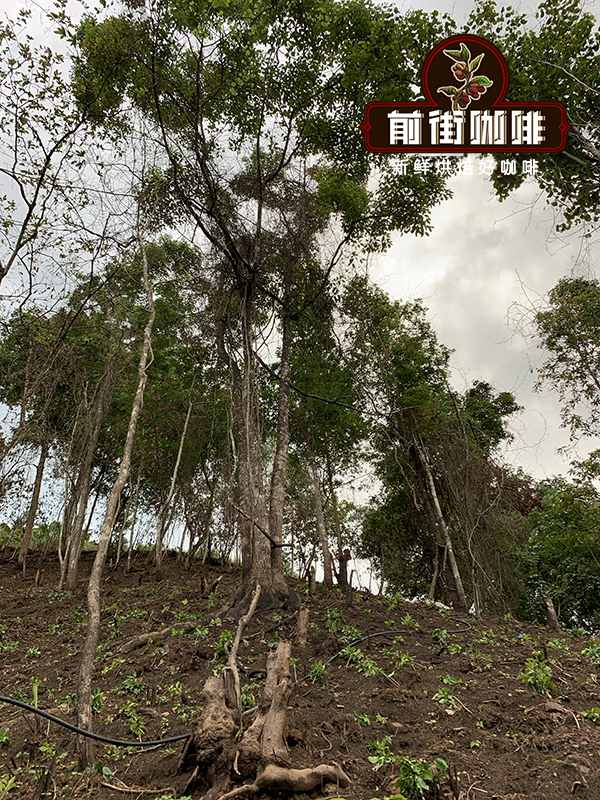
Planting plots in the forest
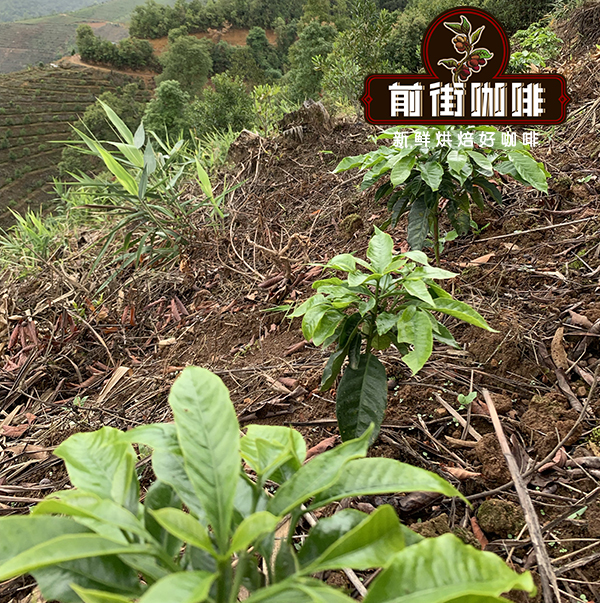
The land on the edge of the forest, Qianjie Coffee is divided into five different planting areas according to altitude and environment.
Then, we can only start waiting for it to grow up slowly.
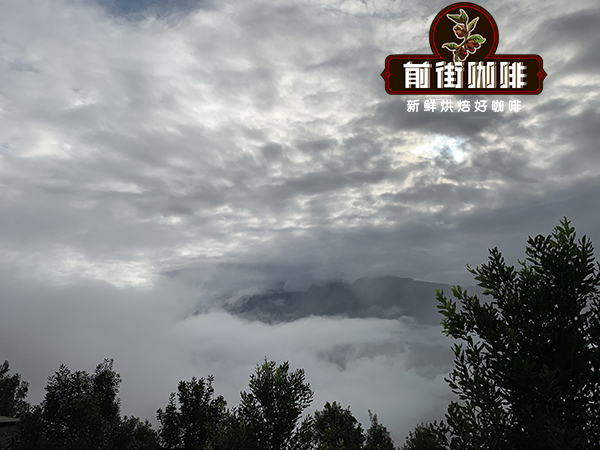
Qianjie coffee plantation
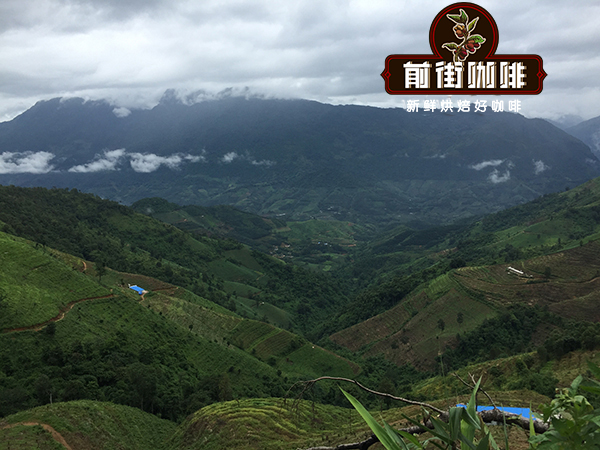
Qianjie coffee plantation
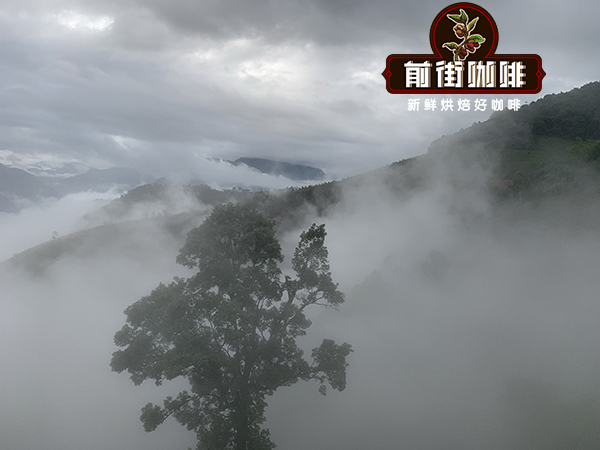
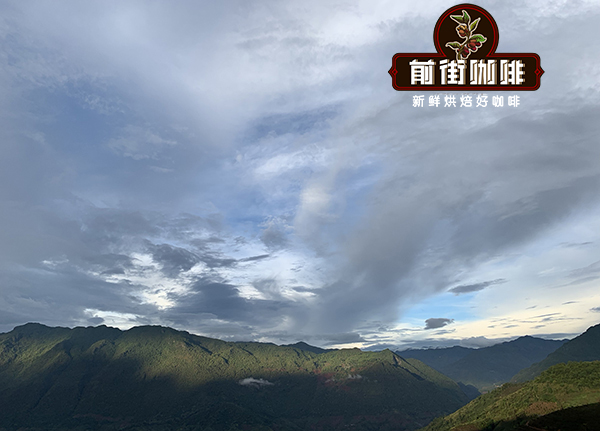
The coffee plantation in Qianjie began to blossom in a few years.
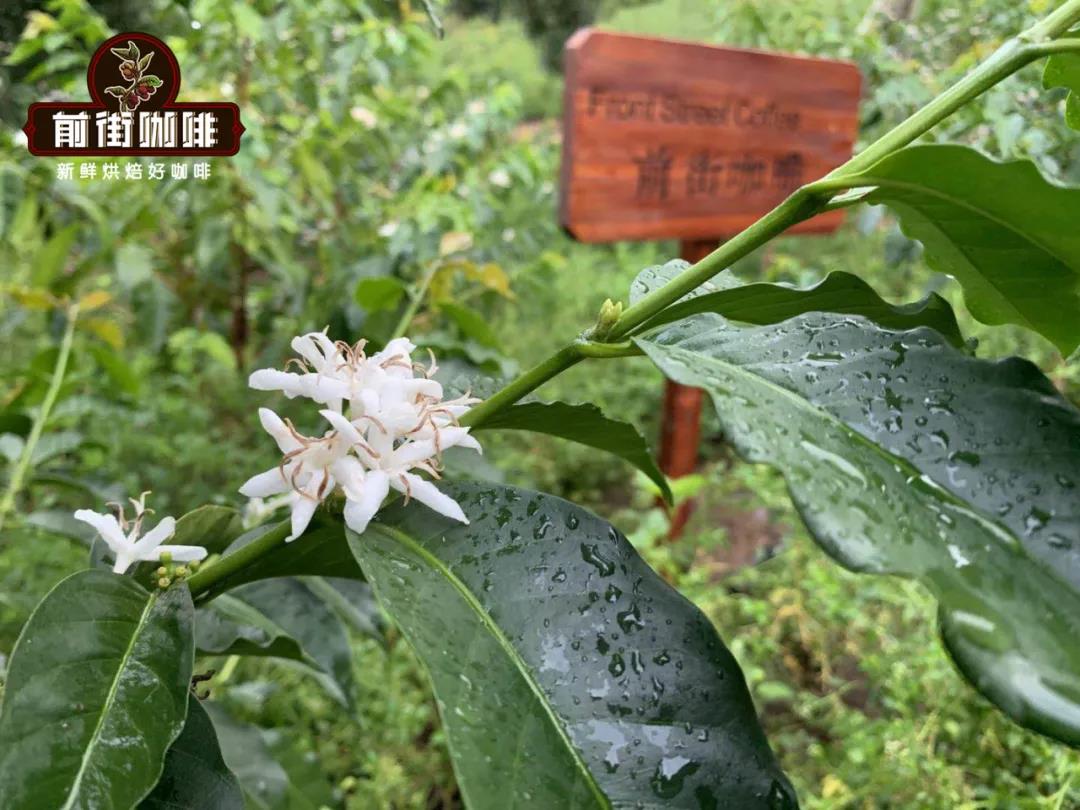
The following is a Katim planted by a farmer near the Qianjie plantation in his early years, with a high yield.
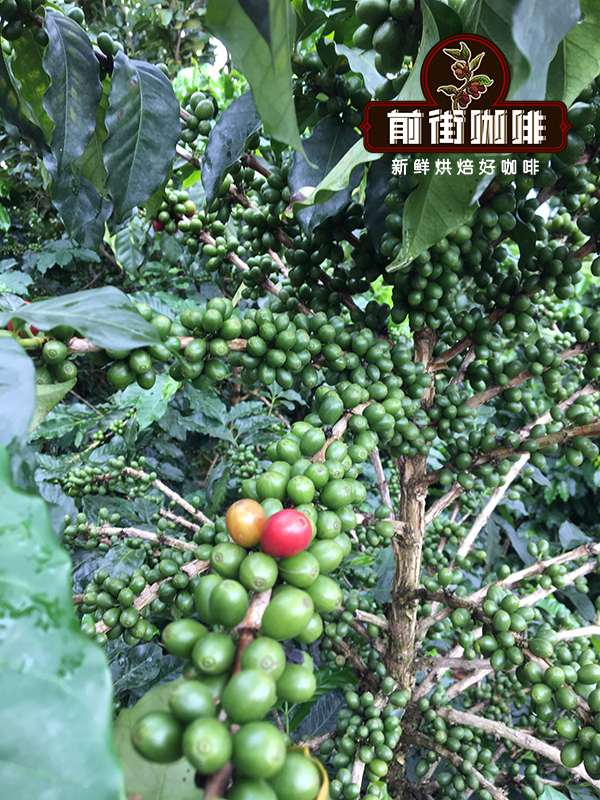
After reading the picture of the iron pickup below, you can see why the iron pickup is more expensive than Katim coffee beans, so little, can it not be expensive?
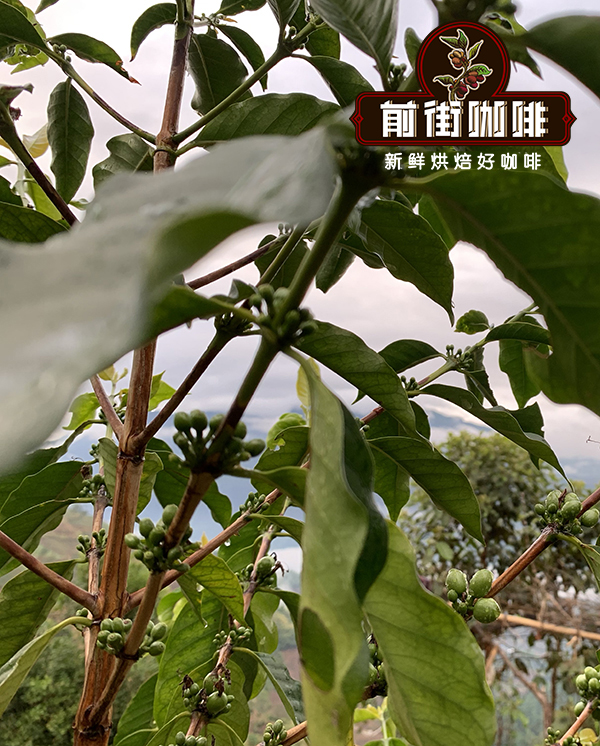
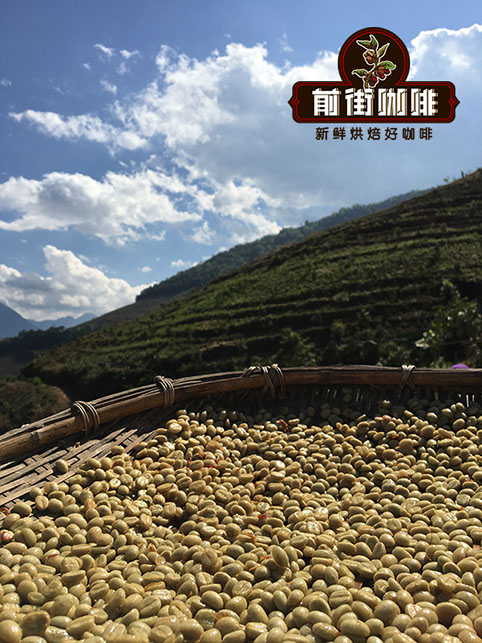
Washing is the basic flavor of a producing area. Qianjie coffee has been used for 5 years, from seeds to beans.
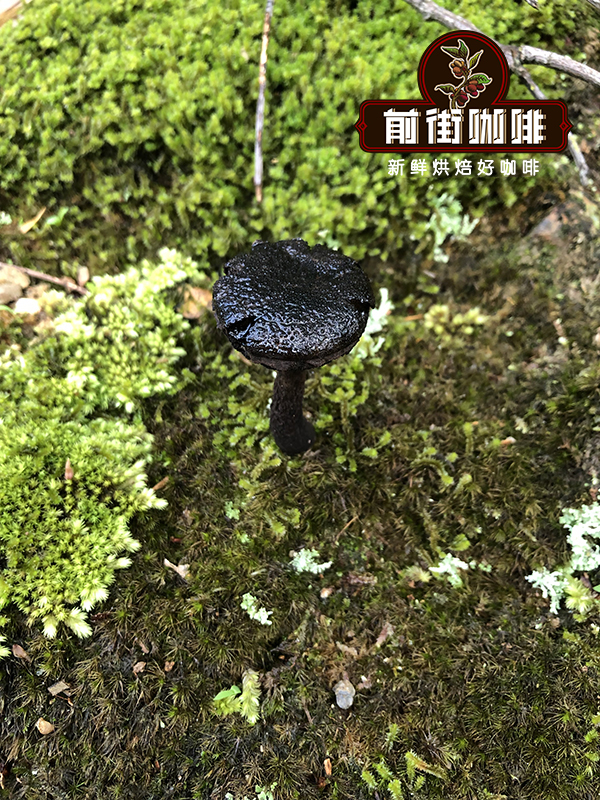
Before that, Qianjie Coffee spent two years looking for the right environment and altitude as a plantation.
So, you will understand that people are unwilling to change varieties and grow Yunnan coffee from scratch.
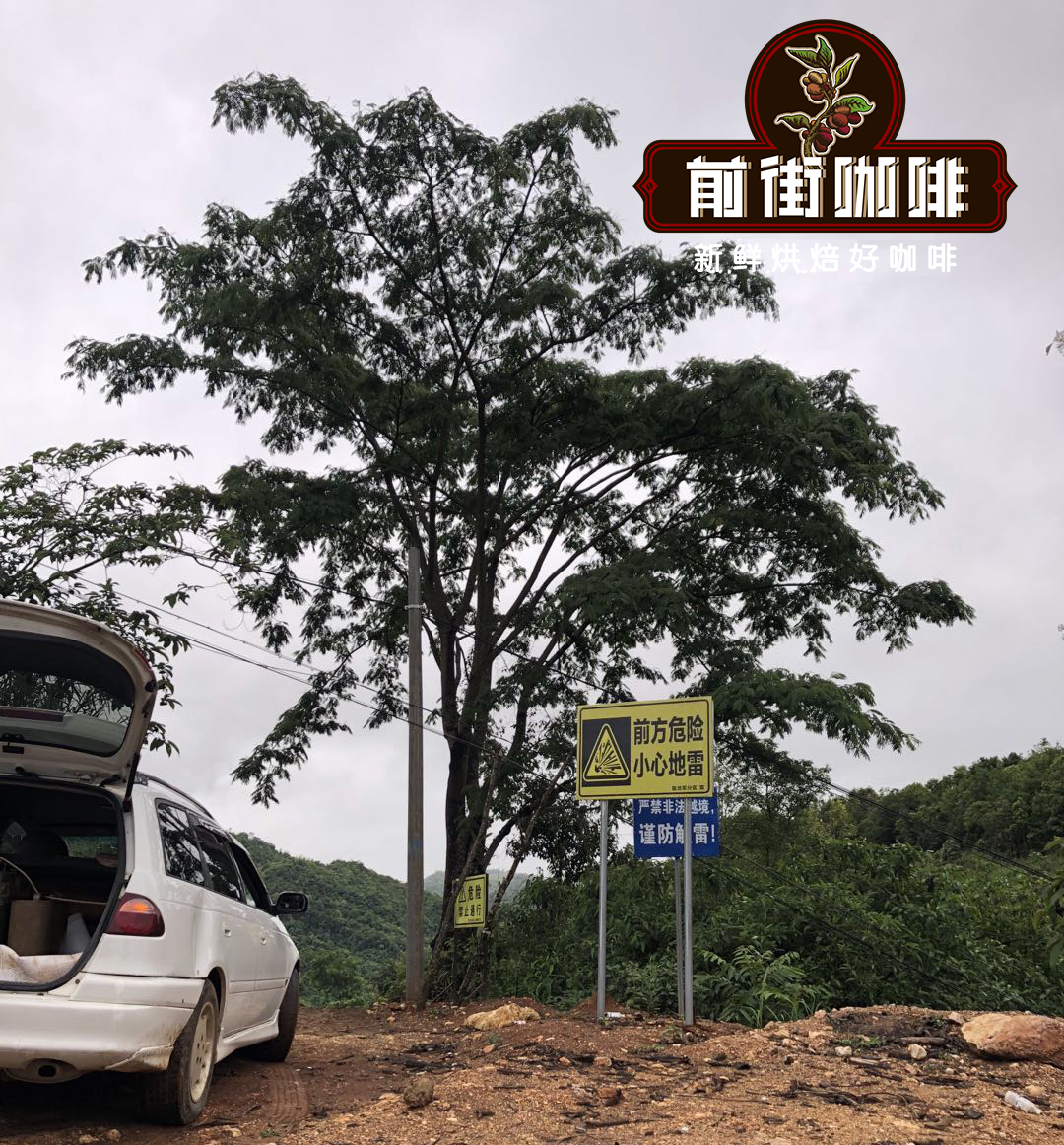
Sometimes life is like this, when the impression is still in the front street coffee is just roasting coffee, it is not. A few years ago, there was a small video in the introduction of Qianjie Taobao shop. the first second scene came from Qianjie Coffee in a coffee plantation in a deep mountain on the border between China and Myanmar in the Golden Triangle.
To learn about Yunnan small-grain coffee, you might as well pay attention to the following rumors:
1. Although there are many domestic Qs who scored high marks in the Yunnan Raw Bean Competition, in fact, the scoring results can not be queried on the CQI official website.
two。 Although there have been rumors that Katim was sent to the United States to get a high score, which should also refer to the official website of CQI, there is also no historical score, and only two raw bean samples were recorded in the system in 2016, with a score of 61 and 81.5, respectively, submitted by YCE.
3. Although it is rumored that the industry has already rated Luodou as a high-quality product, in fact, India uses the R version of SCA, an independent scoring system dedicated to Luodou, rather than including Luodou as a boutique coffee.
4. It is said that in addition to Katim coffee beans, Yunnan coffee beans also grow iron pickup, bourbon, Kaddura and so on. It is a fact that there are many varieties, but it deliberately ignores the fact that Katim coffee beans account for 99.9% of the planting area.
Under the condition that the variety has not been improved, thanks to the improvement of efforts and technology, the quality of Yunnan coffee has been greatly improved in recent years. In fact, as mentioned earlier, the treatment method has been changed on the basis of the variety has not changed, so that the current Yunnan Katim coffee beans are better than the previous Yunnan Katim coffee, but from the perspective of Yunnan boutique coffee. In fact, there is no essential change, that is, even if there are many beans with high Q scores, the producing areas can only be sold at the price of commercial coffee raw materials. When asked about the specific reasons, most of them will be vague in the past. No one can tell what efforts have really been made. Take a serious look at the ranking of the Yunnan raw bean competition in recent years. The winners are many growers named "Meng x". "Meng" comes from the Dai language and the meaning of the village, so the Dai villages all begin with Meng. The Dai people have a characteristic. They like to live in low places. They are called Bazi, and they will be relatively flat. Growing vegetables, rice, rubber and bananas are the main businesses. In history, many other ethnic minorities ran to the mountains after conflicts with the Dai. In addition to the variety, altitude is another important factor in the quality of coffee. Finding good coffee in Bazi shows that Yunnan alpine coffee still has great potential.
Katim can become a good raw material for instant coffee and beans for blending. Early post-processing will not put Yunnan coffee into the fast lane of fine coffee by scoring Katim too high through domestic Q. Katim coffee bean high-generation variety, medium-sized dwarf plant, vigorous growth, stable by-characters, crown bud tender leaves emerald green, whole leaf color dark green, plant-shaped column, short internodes, many branches, exuberant growth, wide adaptability, strong drought resistance, and certain cold resistance. under the medium management level, the calculated yield of 330 trees per mu is 200-300 kg, which is 3 times that of tin trucks. Farmers have no reason not to plant Katim. Changing varieties is too long for them, which is why Yunnan coffee will focus on post-processing at present. as to whether it is a good thing for Yunnan coffee, in fact, take a look at the real trading price of Yunnan coffee in recent years. It should be a good reference.
Related information:
Catimor: an important variety of commercial beans at present. East Timor was colonized by Portugal for 400 years, and the Portuguese had long been in contact with East Timorese coffee trees. In 1959, the Portuguese moved the Brazilian bourbon mutant Kadura to East Timor to interbreed with Tim, who was of Robusta descent, and successfully developed a disease-resistant and highly productive Kadim. Between 1970 and 1990, leaf rust affected coffee producing countries around the world. With the help of international organizations, various producing countries vigorously promoted Kadim to fight leaf rust and increase production capacity. However, although Katim inherited the advantages of Robusta's strong disease resistance, but also inherited the gene of poor flavor, in addition, although the early Katim had a large production capacity, it needed shade trees to serve, otherwise it was easy to wither, which can be said to be strong and dry. Over the decades, many botanists have studied the improvement of Kadim varieties, and dozens of new varieties have been cultivated. Colombia is the biggest harvester. In 1982, Kadim, which can be planted by exposure, was cultivated and named after the country "Colombia". Costa Rica claims that unlike ordinary kadim, [Colombia], which has been interbred for many generations, is now the two main varieties in the country with Kaddura, which has long replaced Tibica, which is weak, sickly and with low yield. However, the winner of Colombia [COE] is mostly Kaddura, and [Colombia] with Robusta ancestry rarely wins the prize. A large number of [Supermo] commercial beans exported from Colombia should be lower altitude [Colombia] or Kaddura, rather than the traditional Tibica, which is the main reason why the flavor of [Supermo] is getting poorer, but it is impossible for Colombia to reproduce low-yield iron pickups.
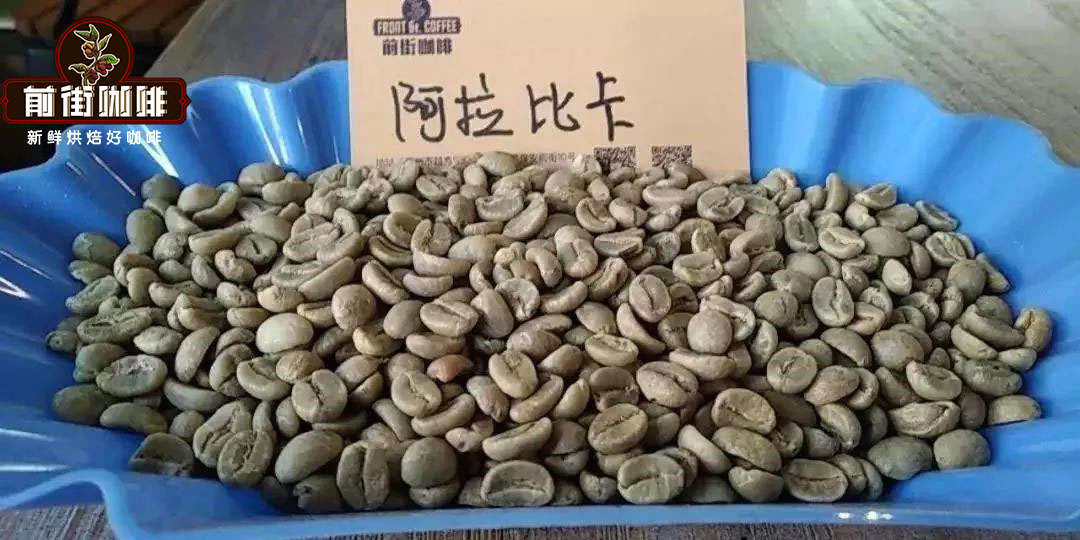
In order to improve the poor evaluation of the Catimor Cartim Cup, in recent years botanists from all over the world have turned to the interbreeding of Arabica and Katim for many generations, in an attempt to reduce the Robusta pedigree and improve the elegant flavor of Arabica, thus cultivating a new generation of Katim, including [CatimorH528], [CatimorH306], and [CatimorT5175] and [CatimorT8667] of Costa Rica. But Costa Rica has abandoned the cultivation of Kadim, focusing on Kaddura varieties, and exporting the improved Kadim to Asian countries. There are countless Katim strains, and the cup test results and habits of each strain are also different, but although it has been improved for many years, Katim has not yet entered the top 30 list of the International Cup. Kadim's biggest fatal injury is that it is not inferior to Kaddura, Kaduai or bourbon beans grown at low altitude, but the cup test results planted at high altitude are significantly lower than those of bourbon, Kaduai or Kaddura. It remains to be seen whether Kadim can ascend to the Hall of Great elegance. Looking forward to one day to cultivate a super Kadim suitable for high altitude, shocked the boutique coffee industry. The coffee beans on the market are fragrant and charming, but the raw coffee beans are tasteless and need to be roasted at high temperature to make the sugar browning produce a special aroma, so roasting can be said to be the most important factor affecting the aroma of coffee beans. The roasted coffee beans grow by about 30% in volume and 18% to 25% less in weight. Han Huaizong mentioned in his boutique coffee science that because Katim coffee beans are infected with the Luodou gene, they always have a "devil's tail rhyme" at the end, so they are more suitable for medium to deep roasting.
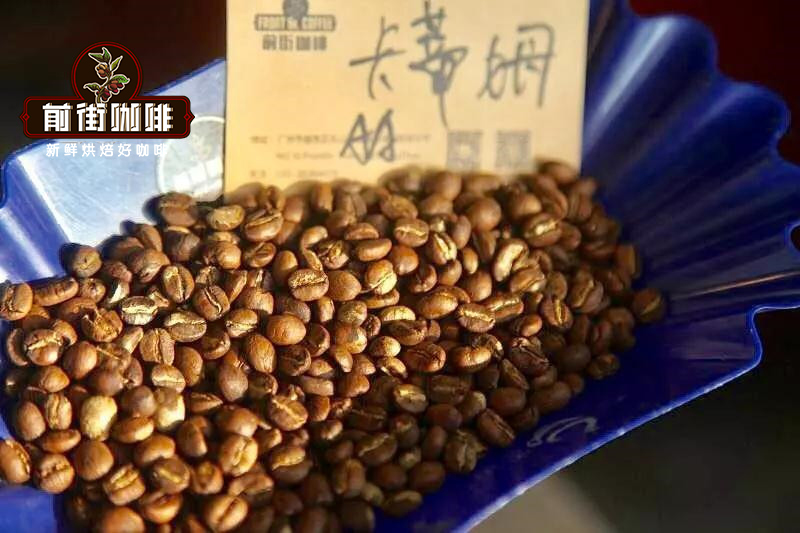
Traditional Arabica coffee trees are not easy to grow, low yield and easy to get sick. These two points are the main reasons why Yunnan replaced the old varieties (tin pickup, bourbon) with Katim. At that time, the main customer of Yunnan coffee was Nestl é, which is the producer of instant coffee. Many kinds of Arabica are found on high-altitude slopes, and picking needs to be done manually. But it is better to have a balanced taste and less caffeine. And Robasta is relatively easy to grow, a variety of heat-resistant, cold-resistant, moisture-resistant, drought-resistant, disease-resistant. Once upon a time, coffee in Vietnam was planted in Robasta because of leaf rust, and all the coffee trees planted in Arabica died, which made Vietnam accidentally become the largest producer of Robusta. The Hainan coffee I asked for is mostly exported from Vietnam and sold in the name of Hainan coffee. Rothbata is also relatively easy to harvest, in addition to manual vibration machines can also be competent. This variety has all kinds of benefits, but what is fatal is that the coffee beans produced are poor in aroma, lack of bitterness, lack of acidity, and high caffeine content, so they are mostly used to make instant coffee.

Coffee is a short-day plant. Coffee has the characteristics of multiple flowering and concentrated florescence. The florescence of small seed coffee in Yunnan is from February to July, and the flowering period is from March to May. The flowering of coffee is greatly affected by climate, especially rainfall and temperature. Coffee flowers have a short life span of only 2-3 days. Small seed coffee usually opens at 3-5 am and blooms at 5-7 am.
The development time of coffee fruit is longer. It takes 10 months for the fruit of small seed coffee to ripen in 10-December of the year. Rainfall has a great influence on fruit development, and climatic conditions directly affect fruit growth. Katim has 3846 seeds per kilogram in the cool sun for two months. There were about 5000 seeds in cool sun for 5 months, the germination rate was more than 95% in two months after seed production, 85% in three months, became weak after three months, and most seeds lost their germination rate after six months. The resistance to leaf rust is sub-immune type or extremely high resistance type, and its plant type is compact, and it has a certain inhibitory effect on longicorn beetles that mostly lay eggs in the bare parts of branches, with high yield, no prominent phenomenon in size and year, and excellent quality. This variety has been the main variety in coffee production since planting. Katim CIFC7963 (F6) is widely popularized and planted in Dehong, Baoshan, Pu'er, Xishuangbanna, Lincang, Wenshan, Yuxi and other coffee growing areas in Yunnan Province, as well as Panzhihua in Sichuan Province and neighboring Myanmar, with a total promotion area of more than 200,000 mu.

For more boutique coffee beans, please add private Qianjie coffee on Wechat. WeChat account: kaixinguoguo0925
Important Notice :
前街咖啡 FrontStreet Coffee has moved to new addredd:
FrontStreet Coffee Address: 315,Donghua East Road,GuangZhou
Tel:020 38364473
- Prev

Description of flavor and taste of Sidamo Lion King Coffee Bean introduction to the production area of grinding scale variety manor
Sidamo Lion King Coffee Bean Flavor description Grinding scale Variety Manor region introduced in 2010 and 2012 continuously won 92 and 94 points from the authoritative American coffee review website Coffee Review. The producing area belongs to volcanic soil with rich nutrients and good drainage. These fertile nutrients are maintained by the degradation of natural organic matter. This batch is located in Dila.
- Next

Introduction to the Variety characteristics of Coffee Flavor description in Colombia
Colombian coffee flavor description planting environment regional treatment variety characteristics Colombia is rich in products, especially coffee, flowers, gold and emeralds are known as the four treasures. In 1808, a priest introduced coffee to Colombia for the first time from the French Antilles via Venezuela. Today, the country is the second largest coffee producer after Brazil and the largest Arabica coffee in the world
Related
- Detailed explanation of Jadeite planting Land in Panamanian Jadeite Manor introduction to the grading system of Jadeite competitive bidding, Red bid, Green bid and Rose Summer
- Story of Coffee planting in Brenka region of Costa Rica Stonehenge Manor anaerobic heavy honey treatment of flavor mouth
- What's on the barrel of Blue Mountain Coffee beans?
- Can American coffee also pull flowers? How to use hot American style to pull out a good-looking pattern?
- Can you make a cold extract with coffee beans? What is the right proportion for cold-extracted coffee formula?
- Indonesian PWN Gold Mandrine Coffee Origin Features Flavor How to Chong? Mandolin coffee is American.
- A brief introduction to the flavor characteristics of Brazilian yellow bourbon coffee beans
- What is the effect of different water quality on the flavor of cold-extracted coffee? What kind of water is best for brewing coffee?
- Why do you think of Rose Summer whenever you mention Panamanian coffee?
- Introduction to the characteristics of authentic blue mountain coffee bean producing areas? What is the CIB Coffee Authority in Jamaica?

